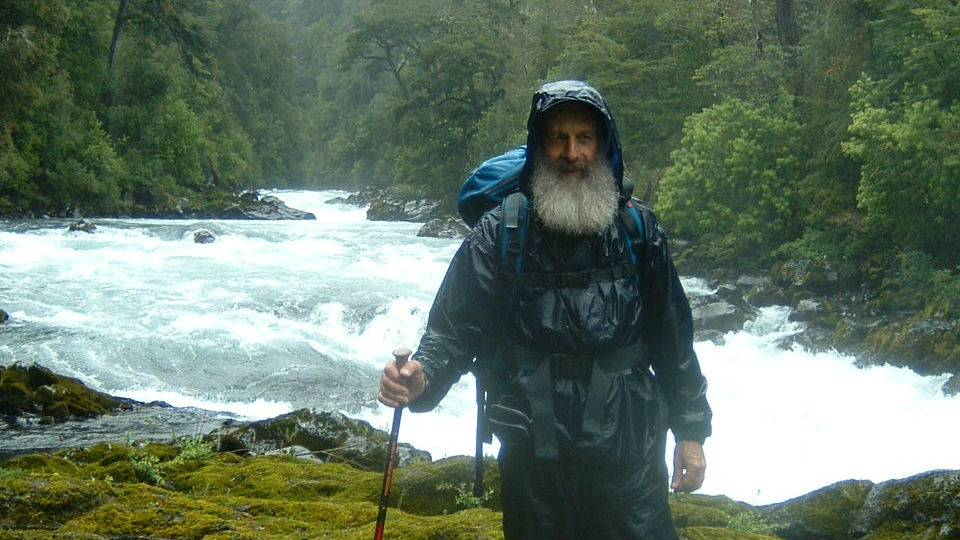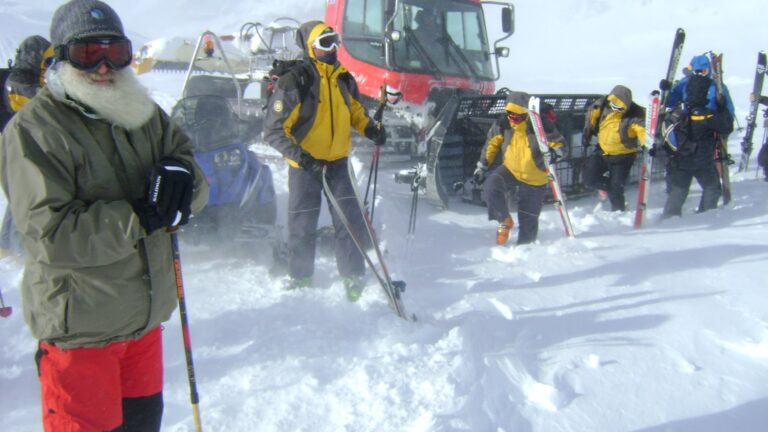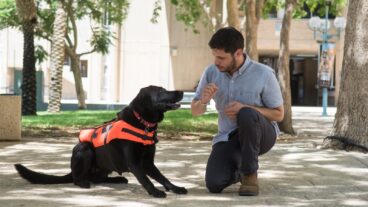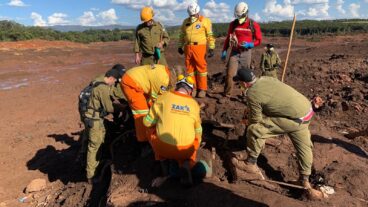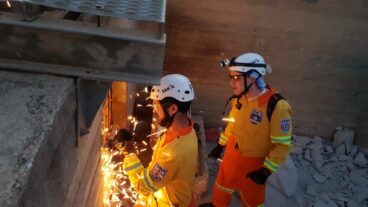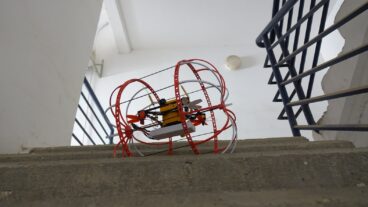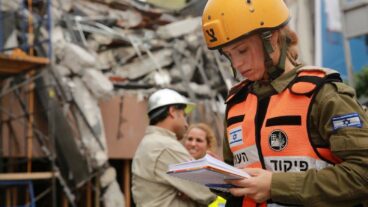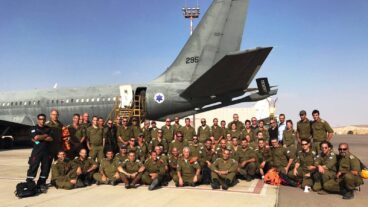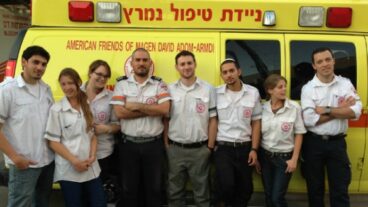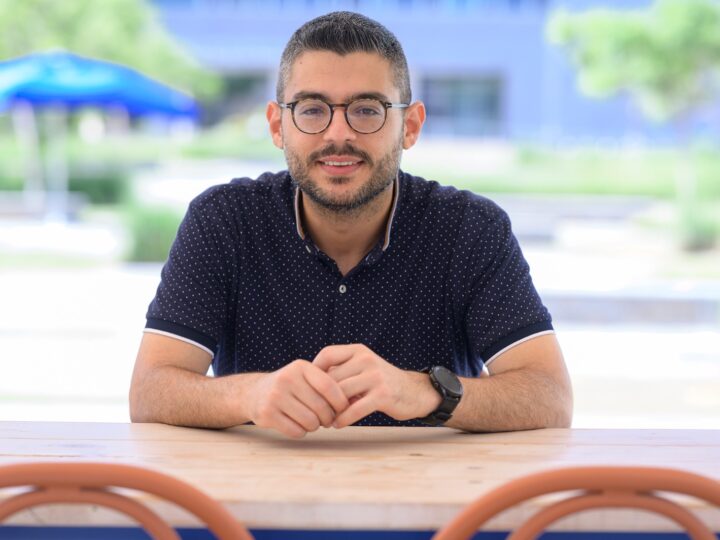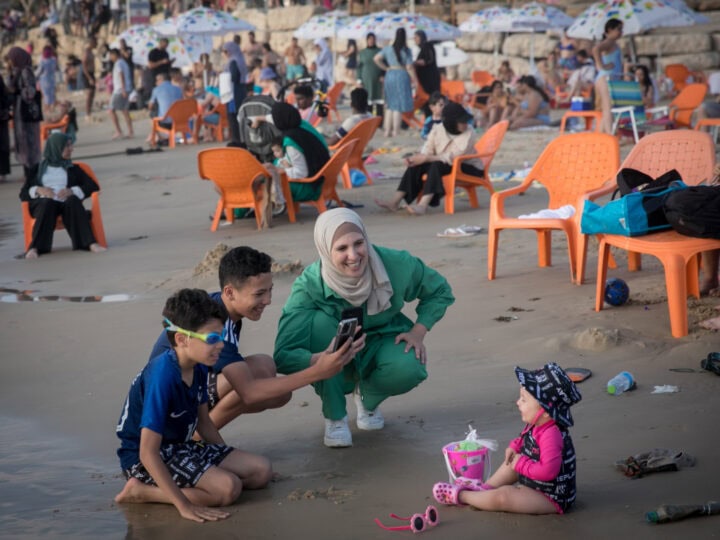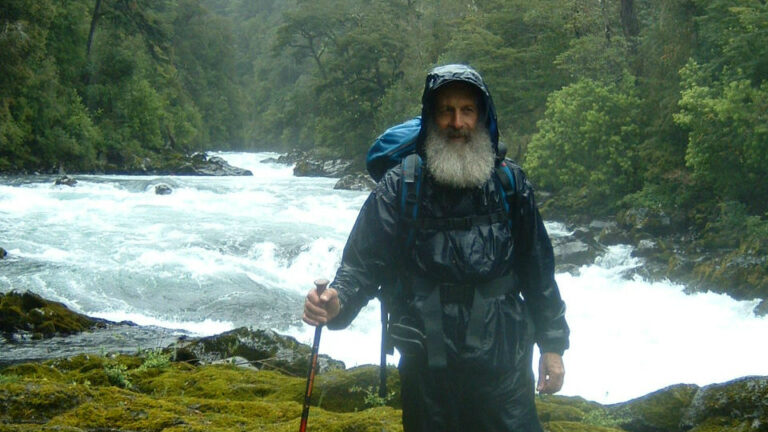
Soon after the 7.8-magnitude earthquake hit Nepal on April 25, phone calls, text messages and emails began pouring into Magnus International Search & Rescue headquarters in Ramat Gan. Hundreds of SOS messages arrived from the personal locator beacons (PLBs) that many Israeli trekkers in Nepal had with them as part of a travel-insurance package from Magnus.
By that night, five rescuers were on their way to evacuate the stranded and the injured on behalf of worried parents and the five Israeli insurance companies partnered with Magnus. Six more rescuers joined them in the week that followed, during which they reached victims by foot, jeep, bus and helicopter.
It was the only mission in which founder Yechiel “Hilik” Magnus did not participate since founding the company with his wife in 1994.
Unwilling to leave his terminally ill mother, he coordinated the operation from afar and stayed in touch with travelers via the battery-operated PLBs, which were often the only working form of communication after the earthquake, he tells ISRAEL21c in an interview from his home in Dekel, south of the Gaza Strip. SMS messages revealed that most trekkers were safe but marooned due to weather and road conditions.
“We immediately sent a group of very experienced people — no doubt the most experienced in the world because they’ve done missions all around the world for the last 22 years. You can’t find another group with a record like this,” says the white-bearded Magnus, widely considered Israel’s “national rescuer.”
In coordination with the Israel Defense Forces, the Israeli Foreign Ministry and the Israeli embassy in Kathmandu, team leader Eyal Naor was able to access remote places. One time, the team walked six hours in each direction to reach a group of Israelis in addition to 13 Danish rappellers injured when the earthquake hit.
The Foreign Ministry coordinated with the Nepali government to free up some helicopters for the Israeli rescuers. “Later we were able to hire helicopters privately,” says Magnus. “We evacuated groups of Israelis who were sitting and waiting for us, and also a lot of injured non-Israeli tourists and local people.”
The team helped search for Israeli hiker Or Asraf, a grim task ultimately accomplished by Asraf’s former army buddies. “He was carrying a beacon but did not have it activated,” Magnus says. “We’d met him in our office and unfortunately he insisted he’d use it only in case of emergency — but he was dead before he could turn it on.”
Lost, drugged-out, kidnapped
Rather than mass disasters like in Nepal, Magnus usually responds to individual crises in Europe, Southeast Asia and South America — lost hikers, mountain-climbers and rafters; travelers in trouble with the law or tripped out on unfamiliar narcotic substances; hostages and kidnapping victims.
Thinking back over many dangerous operations in the past 22 years, Magnus says perhaps the most extreme was in Alto Mayo, Peru, where he and his team navigated a steep wall of ice to find a man missing after an avalanche.
Or perhaps it was the mission to find an Israeli snowboarder four years ago at an Alpine ski resort on the Swiss-Italian border. Search-and-rescue teams from the two countries had given up due to blinding snowstorms, and initially refused to cooperate with Magnus personnel.
“We got an experienced snowboarder, equipped him with a GoPro camera and put him in the direction we thought the guy was going,” Magnus relates.
When the scout returned with evidence of where to find the climber, the skeptical Swiss and Italians reluctantly accompanied the Magnus team up the cliff and recovered the body of the unfortunate Israeli within minutes.
“Now they’ve become groupies of us,” Magnus says with a chuckle. “They asked us to arrange a small course to explain how we work.”
“People call from all over for my help. Every day there is another story,” says Magnus. “Most of the people who contact me are afraid because their traveling child is not calling or responding to messages. Mostly there are happy endings.”
Only one fail
Magnus International Search & Rescue is an internationally known address for people to turn when hunting for loved ones.
On the day he spoke with ISRAEL21c, Magnus had been contacted by the families of an Israeli missing in Colombia and an American missing in Zimbabwe.
“People call from all over for my help. Every day there is another story,” says Magnus. “Most of the people who contact me are afraid because their traveling child is not calling or responding to messages. Mostly there are happy endings.”
But not always. Among hundreds of other missions, Magnus and his team were involved in searching for Austrian couple Katharina Koller and Peter Kirsten Rabitsch, who were kidnapped and murdered in 2006 while traveling in Bolivia; and German tourist Jonathan Simon, who drowned in Ecuador’s Pastaza River in 2011.
In 2009, Magnus found the body of Israeli hiker Omri Lahad in Brazil, a month after Lahad was known to have been bitten by a snake.
Finding missing people, whether alive or not, is a mark of success.
“During the last 22 years, we have had only one failure,” says Magnus. “We looked for a missing boy in Manali, in the north of India, and couldn’t find him. For every other job we found solutions.”
Magnus was born in 1949 in Sweden and moved to Israel with his family at the age of one. He served in a special-operations battalion in three wars and remained a reserve officer for 20 years, also serving in intelligence. After the army, he worked for the Israel Nature and Parks Authority as director of nature conservation in the southern region and Sinai Desert.
In the mid-1980s, Magnus became involved in Israeli-Japanese cultural and tourism projects and soon was advising Israeli backpackers headed for the Far East. His first rescue operations were voluntary, using out-of-pocket funds. In 1994, he and his wife, Esti, established their business and began working with insurance companies to offer travelers full search-and-rescue coverage.
“My only motivation is to help people. I do it because I know how,” Magnus says. “It’s a very hard, frustrating job. But when someone approaches me and I know I can help, I cannot resist.”
For more information, click here




